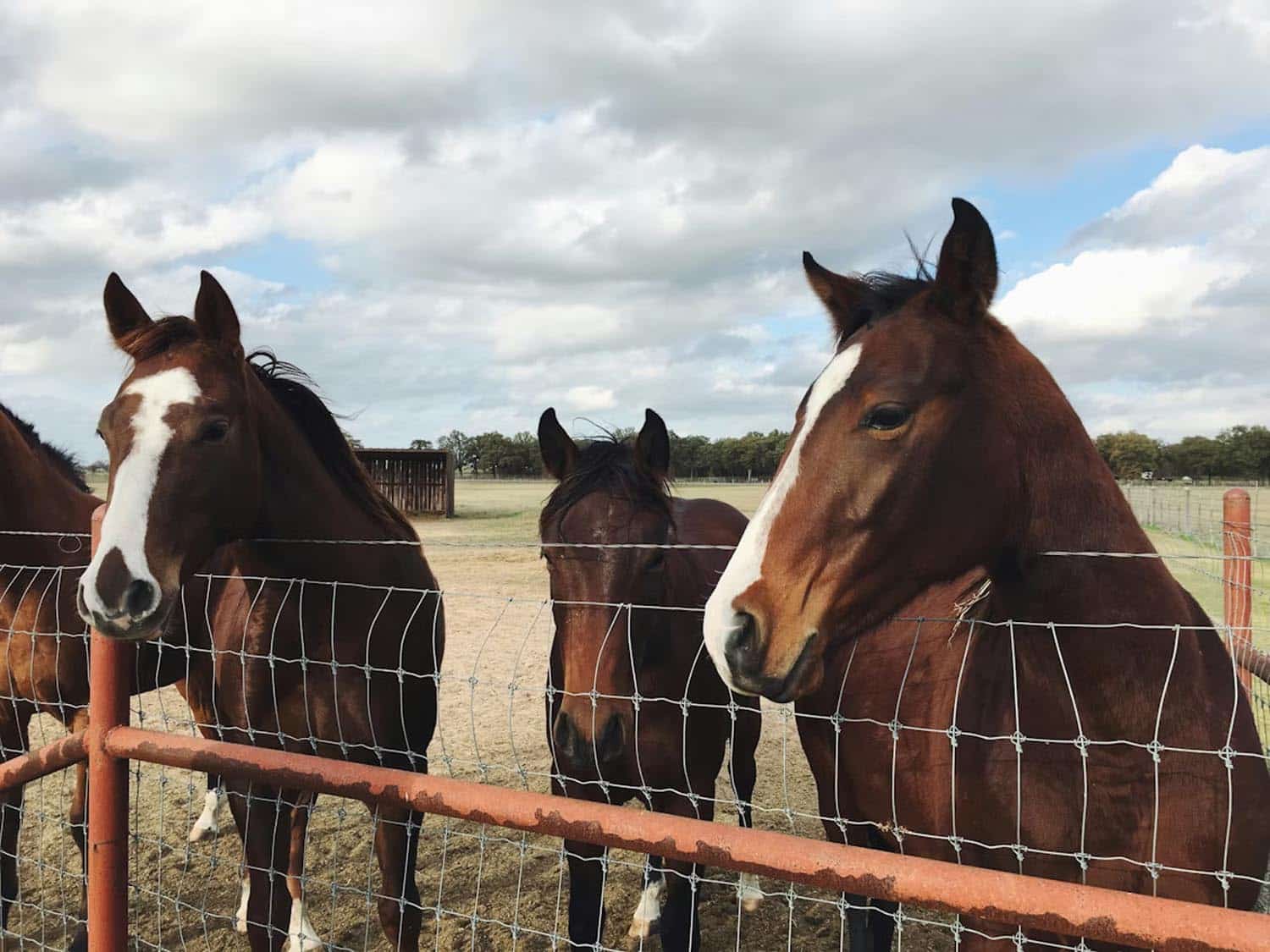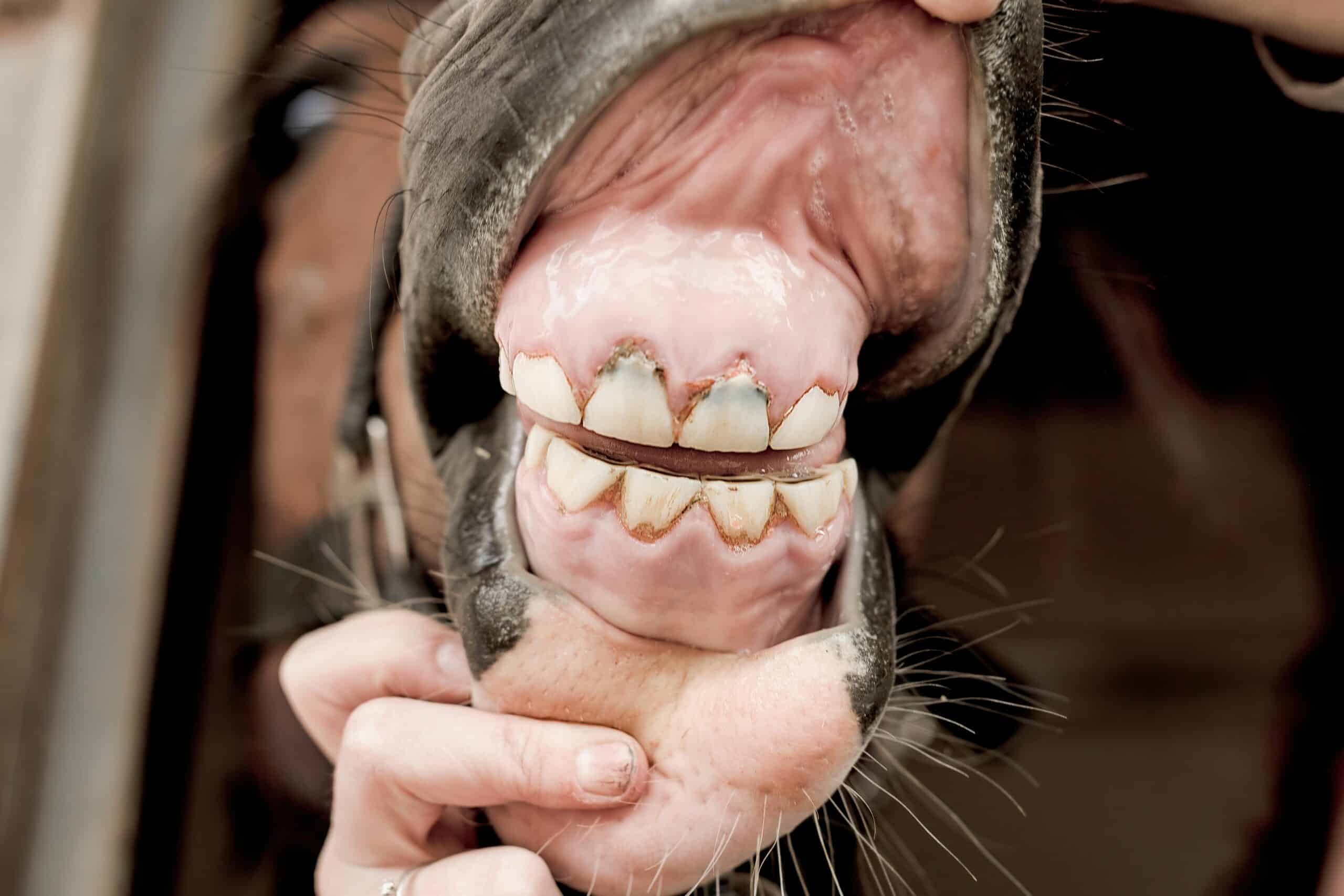
Controlling Parasites – What You Need to Know
Parasite control is a key part of taking care of your horse’s health. Common equine parasites include small and large strongyles, tapeworms, roundworms, pinworms, and bots. These parasites can cause significant health problems and spread easily through a herd. Anthelmintics, also known as dewormers, have long been our most powerful weapon in controlling parasites. However, recent rises in anthelmintic resistance have sparked new recommendations and changed the way we approach parasite control.
Here is what you need to know:
Determining Your Horse’s Parasite Burden
The first step in controlling parasites is determining your horse’s parasite burden. This is most commonly done by performing a fecal egg count on a fresh sample of your horse’s manure. Our veterinary team can collect this sample during a routine appointment. We can also coordinate sample pick-up or drop-off if your horse does not require any additional care.
Once the manure sample is obtained, our team will perform a fecal float and evaluate the sample under a microscope. This process allows us to determine the number of parasites in your horse’s feces and identify the parasite species. We will use this information to make treatment recommendations and develop a parasite control plan that meets your horse’s specific needs.
We typically recommend at least two fecal egg counts a year. However, horses that are identified as high shedders may need more frequent monitoring.
The Problem of Resistance
For decades, deworming products have played an essential role in reducing parasite burdens and keeping our horses healthy. Unfortunately, some parasite species have developed resistance to our treatment protocols. As a result, dewormers that were once effective do not pack the same punch they once did.
Anthelmintic resistance is defined as the ability of worms to survive treatments that were previously effective. Because of the growing resistance problem, the equine industry has had to rethink how we use anthelmintics and approach parasite control.
Parasite Control
In 2019, the American Association of Equine Practitioners established a task force to review industry standards and update guidelines for parasite control. The task force concluded that appropriate parasite control should minimize the risk of parasitic disease, control parasite egg shedding, and limit anthelmintic resistance.
These guidelines emphasized the importance of fecal egg counts and improved environmental management. The task force also recommended using fecal egg count reduction testing (FECRT) to monitor the effectiveness of control programs. The guidelines were again updated in June 2024 (see link below).
Our goal is to keep your horse healthy and reduce their parasite load when necessary. Most adult horses will require 1-2 deworming treatments a year. Keep in mind that these are general recommendations, and there is no “one size fits all” solution to parasite control. Your parasite control plan should be tailored to your horse’s specific needs.
Give Us a Call!
If you have additional questions about parasite management, we would be happy to evaluate your horse and let you know how we can help. Please give us a call to schedule an appointment. We look forward to hearing from you soon and helping you get your horse’s parasites under control.
Additional Resources:
https://aaep.org/post/aaep-publishes-updated-internal-parasite-control-guidelines
Photo by Hunter Folsom on Unsplash












